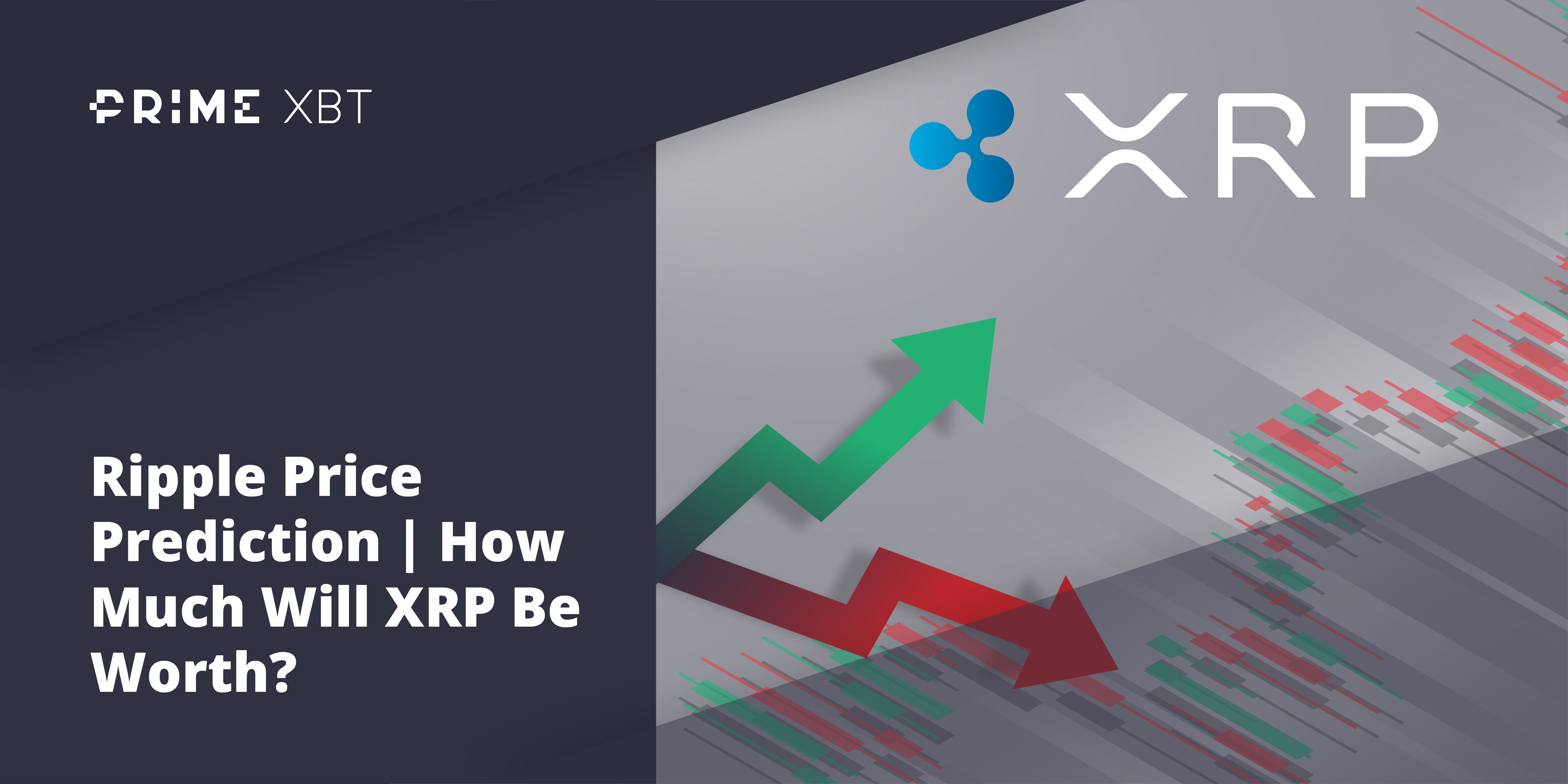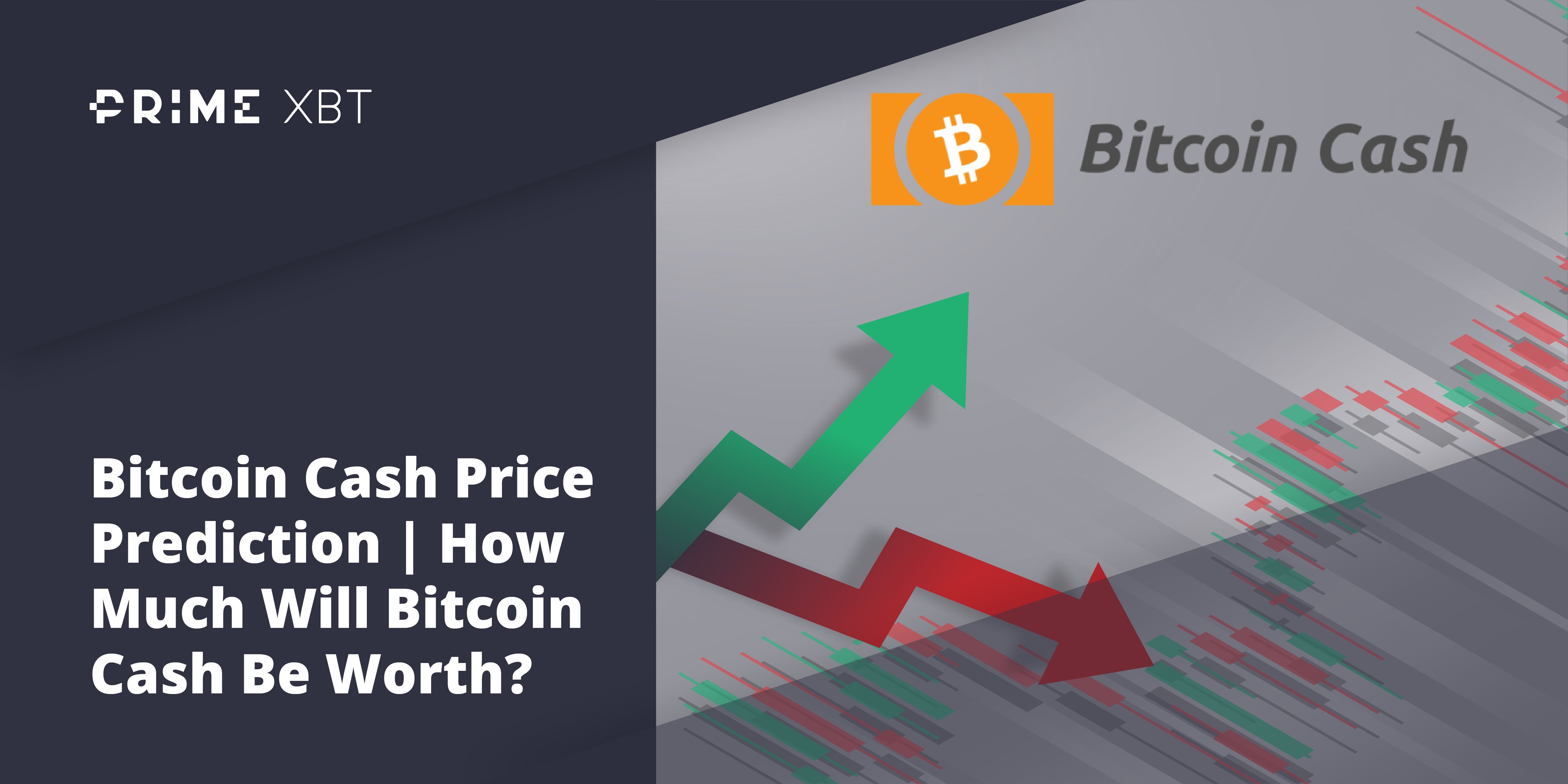Virtual reality metaverses have become increasingly popular, providing users with immersive and interactive digital experiences. Among these metaverses, Decentraland and Sandbox have gained significant attention due to their unique features and offerings. In this article, we will delve into the world of Decentraland and Sandbox, comparing their concepts, gameplay elements, economic systems, community dynamics, technological infrastructure, real-world applications, and governance.
By understanding the strengths and weaknesses of each metaverse, readers can make informed decisions when choosing their virtual reality destination. The metaverse space will almost certainly continue to grow, but Sandbox and Decentraland are the giants in this space.
What is Decentraland?
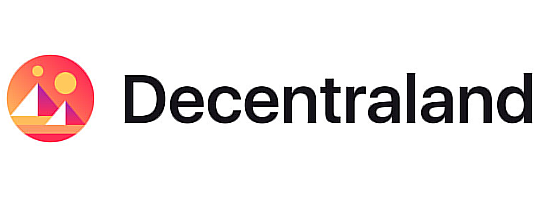
MANA’s current price is $0.3932. MANA is 0.4% in the last 24 hours, with a circulating supply of 1893095370 MANA
Decentraland is a virtual reality metaverse built on Ethereum blockchain technology. It provides users with a decentralized platform to create, own, and monetize virtual land and assets. In Decentraland, users can explore a vast virtual world, interact with others, attend events, play games, and engage in various experiences. The metaverse’s decentralized nature ensures that users have true ownership and control over their digital possessions, fostering a sense of freedom and empowerment.
What is Sandbox?
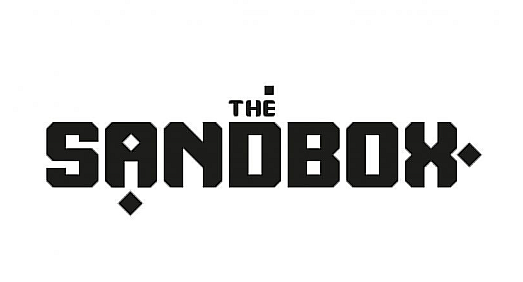
SAND’s current price is $0.4341. SAND is -1% in the last 24 hours, with a circulating supply of 1934931926 SAND
Sandbox is another virtual reality metaverse that allows users to create, share, and monetize their own gaming experiences and assets. It utilizes Ethereum blockchain technology to enable ownership, trading, and monetization of virtual assets within the metaverse. Sandbox stands out with its play-to-earn mechanics, which provide users with the opportunity to earn native cryptocurrency (SAND) by creating and contributing to the metaverse’s ecosystem. Users can design and build their virtual experiences, play games, and participate in various events, fostering a vibrant and dynamic community.
Decentraland vs. Sandbox Comparison
Metaverse Features and Gameplay
Decentraland and Sandbox offer distinct features and gameplay elements. In Decentraland, users can own virtual land, build structures, and customize their experiences. The metaverse emphasizes social interactions, allowing users to connect with others, attend events, and collaborate on projects. Sandbox, on the other hand, places a strong emphasis on user-generated content. Users can create and share their gaming experiences, assets, and even monetize their creations. Both metaverses provide immersive experiences, but Decentraland focuses on virtual land ownership and social interactions, while Sandbox empowers users to be creators and contributors.
Economic Systems and Cryptocurrency Integration
Both Decentraland and Sandbox metaverse platforms incorporate cryptocurrencies into their economic systems. In Decentraland, the native currency is MANA, which is used for purchasing virtual land, assets, and services within the metaverse. Similarly, Sandbox uses its native cryptocurrency, SAND, for transactions and rewarding users for their contributions. The integration of cryptocurrencies enables a decentralized and transparent economy, allowing users to earn rewards, trade virtual assets, and participate in virtual economies. However, managing virtual economies and ensuring stability pose ongoing challenges for both metaverses.
User Adoption and Community
Decentraland and Sandbox have vibrant communities with active user bases. Decentraland has attracted a significant number of users and developers, resulting in a diverse range of projects, events, and collaborations. The community is actively engaged in shaping the metaverse’s development and exploring innovative use cases. Similarly, Sandbox boasts a growing user base and a dedicated community of creators, fostering a thriving ecosystem of games, experiences, and virtual assets. The engagement levels and partnerships within each metaverse highlight their potential for growth and continued innovation.
Platforms and Technology
Sandbox and Decentraland utilize different platforms and technologies to power their metaverses. Decentraland relies on the Ethereum blockchain, leveraging its security, decentralization, and smart contract capabilities. The platform provides various tools and software development kits (SDKs) for building experiences, creating assets, and interacting with the metaverse. Sandbox, too, utilizes Ethereum as its underlying technology, but its platform focuses on providing accessible and user-friendly tools for creators to build their gaming experiences.
Scalability
Scalability and interoperability are critical areas of development for both platforms, as they strive to accommodate larger user bases and ensure seamless interactions with external systems. This is part of the challenge of building these games, as these ecosystems have to keep track of digital land plots and their owners, the ability to create games within the game, with user accessibility at the forefront of the need.
Security and Ownership
Furthermore, the untradable community owned parcels and similar themes mean that security is paramount. This becomes even more difficult with the idea of having a mobile game version, and of course the Sandbox toolbox, as an example. You can buy assets on the Decentraland marketplace, build assets with the toolbox in Sandbox, and of course buy assets on the Sandbox marketplace. Ownership is a major appeal of the genre, and therefore if security isn’t up to par – it could be a disaster.
Reputation Matters
It is because of this that reputation also comes into play. As gamers choose a world in which to play, reputation management, via the perceived security, will have a massive influence on who thrives in this exciting new world. In fact, large scale adoption will demand trust.
An Example of Trust Being Lost
While not in the same sector, one of the biggest issues that the crypto industry has faced in the recent past has been hacking of exchanges. For example, there was the Mt.Gox disaster, back in 2014. The exchange was handling more than 70% of Bitcoin transactions, when it abruptly had to cease operations, as there was the theft of hundreds of thousands of Bitcoins. This was devastating to the Bitcoin world. Something similar happening in one of these ecosystems would undoubtedly have players in a mass exodus from the platform.
Decentraland vs. Sandbox: Use Cases and Real-World Applications
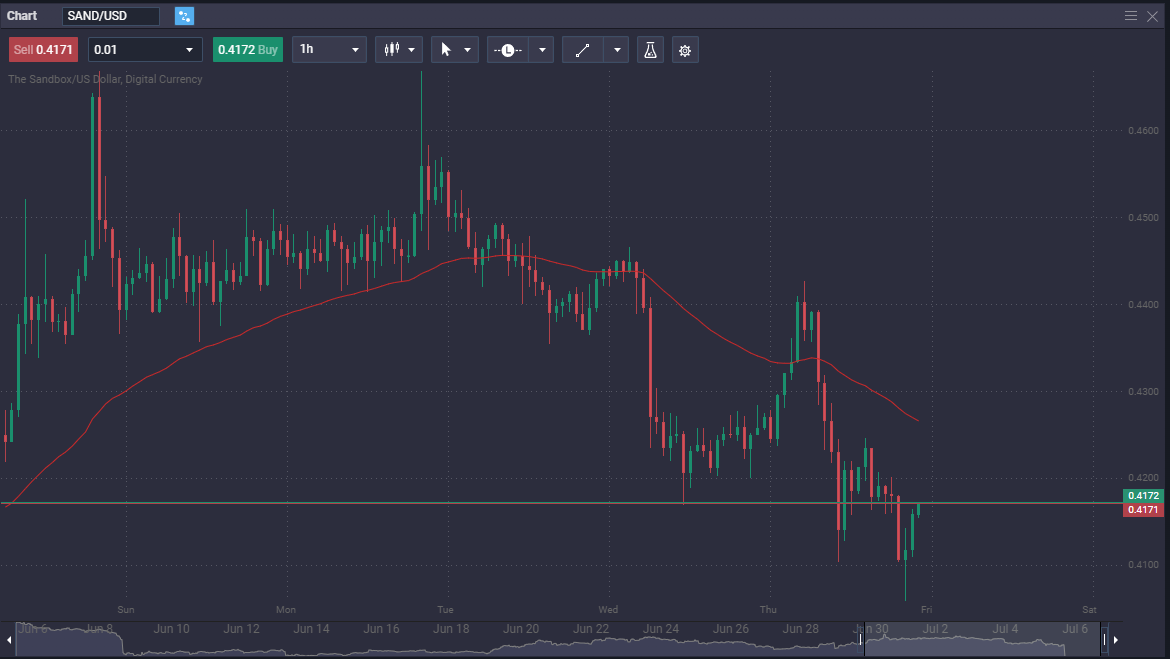
Beyond gaming and virtual experiences, Decentraland and Sandbox have broader applications in fields such as education, art, music, virtual real estate, and NFT marketplaces. Decentraland has seen educational initiatives, virtual galleries, and virtual real estate development, showcasing the potential for creative and immersive learning environments.
Sandbox, with its focus on user-generated content, offers opportunities for artists, musicians, and content creators to monetize their work and engage with their audiences in unique ways. These metaverses are catalysts for innovation and disruption, bridging the gap between the virtual and physical worlds.
Because of this, it should be interesting to see what kind of assets will be sold, and what the new assets will be as well. Only time will tell, but as Sandbox metaverse and Decentraland are ripe for a “killer asset” that could catch fire, becoming another reason why new players will continue to come to these platforms.
Some players have made money
In fact, many players have sold assets in the Sandbox marketplace, making a nice side income. While the price of digital assets have dropped a bit, the reality is that the marketplace has shown just how lucrative designing assets for a hot game could be. The fact that the actual game maker has allowed the community to build assets makes the world have more of a community feel, something that most typical video games do not.
Keeping with the community theme, the marketplace allows for greater interaction between users, and allows even for some people to design assets for other users, if they wish to. Because of this, it doesn’t take a lot of imagination to think about the possibilities for not only indivual users, but even the possibility of production teams adding to the ecosystems.
Innovation will continue
That being said, it is important to know that we haven’t seen the end of innovation, and it is possible that we will see many things that aren’t even being thought about at this point. While in the past there has been a lot of noise about virtual world assets such as land going for astronomical sums, the reality is that the bubble in land virtual real estate has popped. That being said, there are those out there that are actively collecting land plots in order to ride the next wave higher, should it come.
Community Guidelines and Governance
Both Decentraland and Sandbox have established community guidelines, moderation processes, and governance structures to ensure a safe and inclusive environment for their users. These guidelines define acceptable behavior, protect intellectual property rights, and mitigate fraudulent or malicious activities.
By implementing decentralized governance mechanisms, users are empowered to shape the metaverse’s rules and policies collaboratively. However, challenges remain in striking a balance between freedom of expression and maintaining order within these virtual communities.
Governance Could Change
Because of this attempt at balance, the governance will change over time, and it is important that you understand all of the new features in these systems before trying to invest in them. For example, there have been multiple rule changes in the Sandbox marketplace along.
After all, digital assets are a relatively new phenominon, and therfore making rapid advancements is just part of the nature of the games. While many will simply trade digital assets, the reality is that there is a utility token in the ecosystem that is used to better the environment, and that needs to be the biggest priority.
Conclusion: Choosing Your Virtual Reality Metaverse
Decentraland and Sandbox offer unique and compelling virtual reality experiences, each with its own strengths and weaknesses. Decentraland’s focus on virtual land ownership, social interactions, and user-driven events provides a rich and immersive experience. Sandbox, on the other hand, emphasizes user-generated content, play-to-earn mechanics, and creative entrepreneurship.
The choice between the two metaverses depends on individual preferences, whether one seeks to explore, own, and socialize (Decentraland) or create, monetize, and participate in a vibrant gaming ecosystem (Sandbox). Ultimately, both metaverses contribute to the growing landscape of virtual reality, enabling users to immerse themselves in digital realms limited only by their imagination.
However, you need to keep an eye on the entire virtual world, as the amount of metaverse platforms will certainly expand over time. Sandbox and Decentraland are two of the biggest names out there, but certainly just two metaverse platforms in what could be a sea of competitors. The idea of a blockchain based virtual world has been explored, and it seems as if they are going nowhere, as future development in the gaming industry will continue to look toward the idea of participating in a decentralized metaverse.
